By Angela Fairhurst
Trends reflect the changing landscape of hotels where sustainability is becoming an integral part of design to meet the expectations of environmentally conscious travelers. Here are six hotels embracing new designs that make a difference for guests and the environment.
Biophilic Design
Incorporates naturally grown raw materials such as solid wood with natural finishes, plants, living walls, and water features into the hotel’s architecture and interior spaces to promote positive interactions between people and nature that encourage an expanded sense of relationship and responsibility.
Gut Guntrama, Austria
The Gut Guntrama boutique hotel near Vienna epitomizes biophilic design by seamlessly implementing modern timber architecture without obstructing the panoramic views of the picturesque meadows. Lush vertical gardens, natural wood finishes, and expansive windows blur the boundary between indoor and outdoor spaces, fostering a profound connection with the surrounding landscape. Untreated wood releases the calming scent of essential oils, while cascading water features and soothing natural sounds create a serene ambiance. www.guntrams11.at
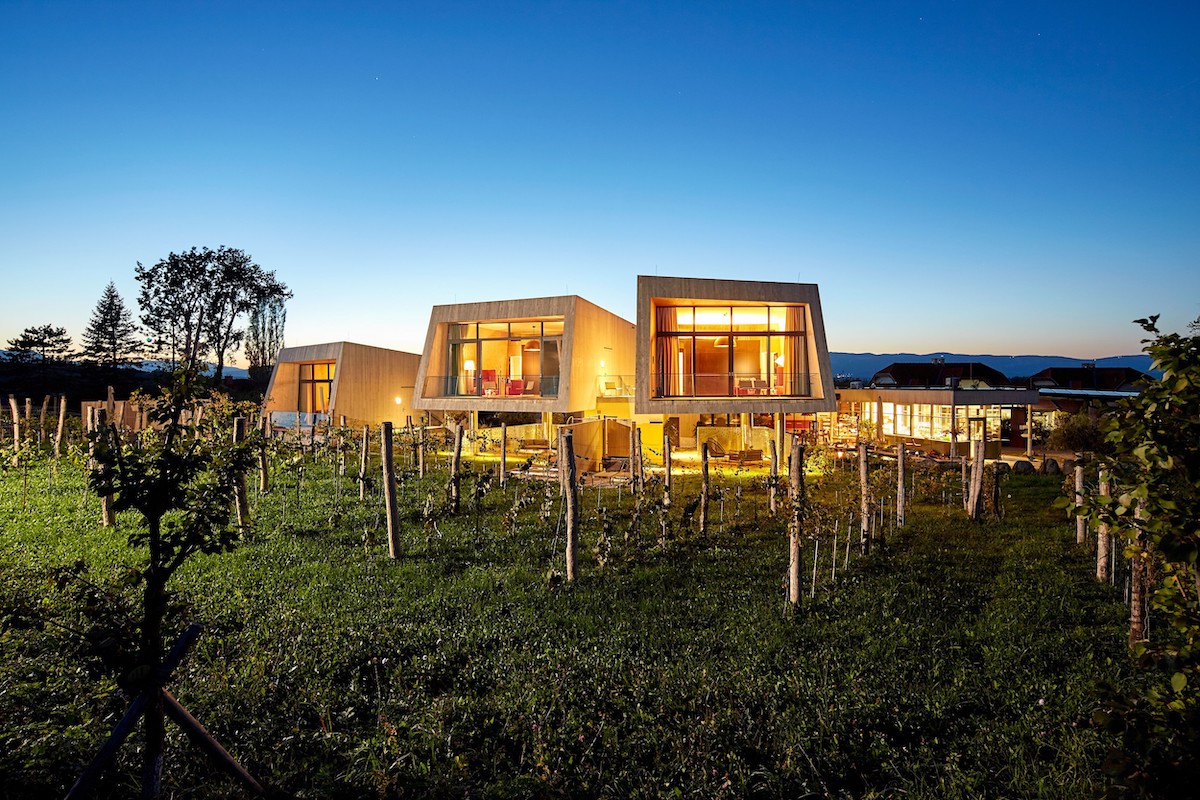
Local Cultural Influence
Infuses the design with elements that reflect the local culture traditions and aesthetics, creating a unique sense of place and reducing the need for imported furnishings.
Inkaterra Hacienda Urubamba, Peru
Nestled within the Sacred Valley of the Incas, between Cusco and Machu Picchu, is the sustainable and modern Inkaterra Hacienda Urubamba. This contemporary hacienda-style hotel spans approximately 100 acres and is surrounded by imposing mountains. Each stand-alone casita features breathtaking views of the valley. The hotel showcases the cultural history of the region, inspired by the area’s cultural history, with colonial furniture, authentic Incan masks, and meticulously handcrafted woodwork. www.inkaterra.com/inkaterra/inkaterra-hacienda-urubamba/the-experience/
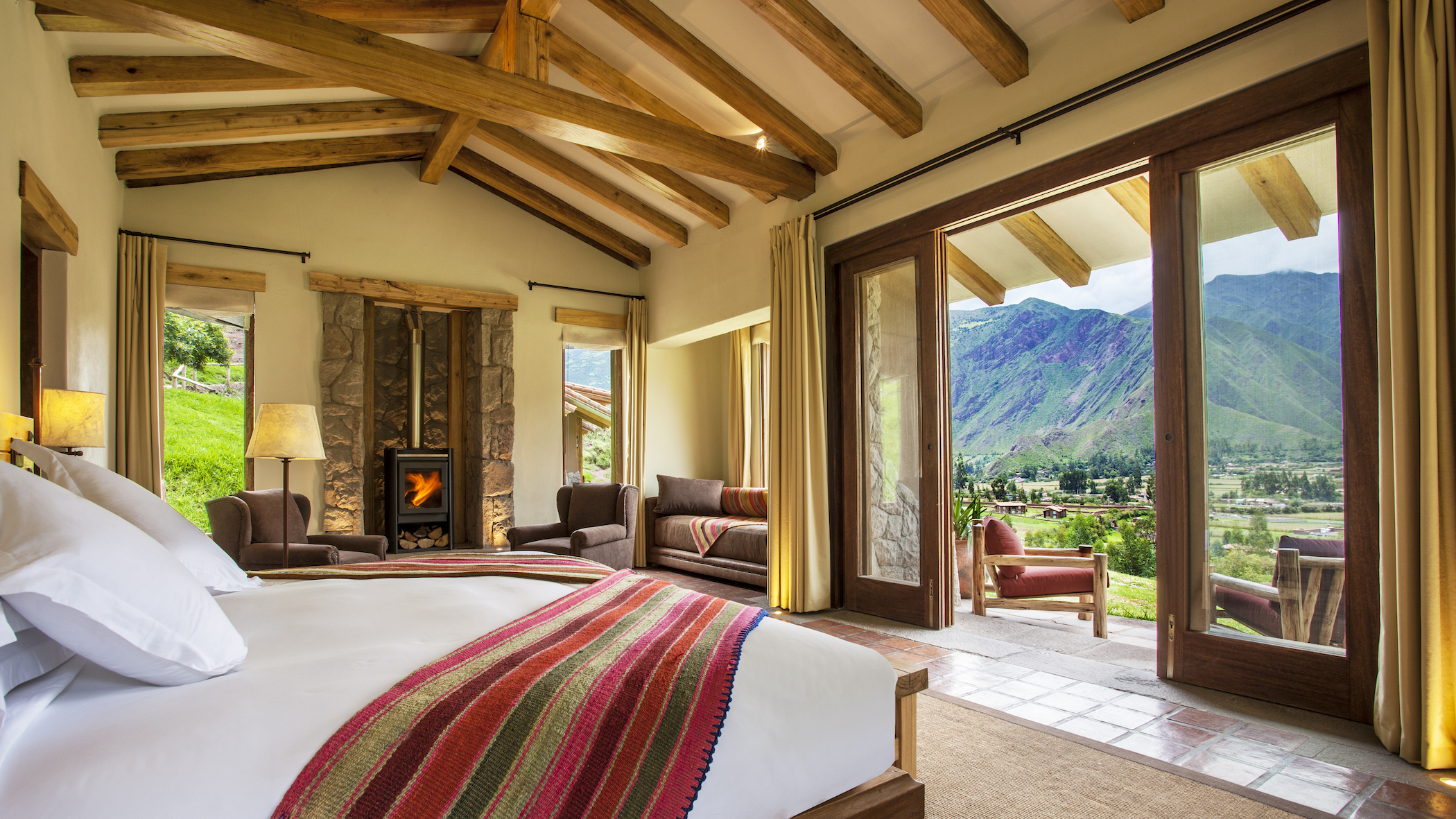
Holistic Design Focused on Well-Being
Environments that place guest wellness at the forefront, incorporating elements such as harmonious feng shui principles, specialized wellness suites, serene meditation zones, and fitness centers infused with natural lighting and scenic views.
Schwarzwald Panorama, Black Forest Germany
The Schwarzwald Panorama hotel boasts a circular design that seamlessly embraces feng-shui principles in a layout that promotes harmony and energy flow. The circular architecture harmonizes with the Black Forest landscape, offering panoramic views from all angles. Attention was paid to all building elements’ material health, recyclability, climate neutrality, decarbonization, and regeneration quality. Regardless of beliefs, feng shui’s influence is evident in the strategic positioning of these elements, surrounding guests with a positive environment to enhance well-being. www.schwarzwald-panorama.com/home
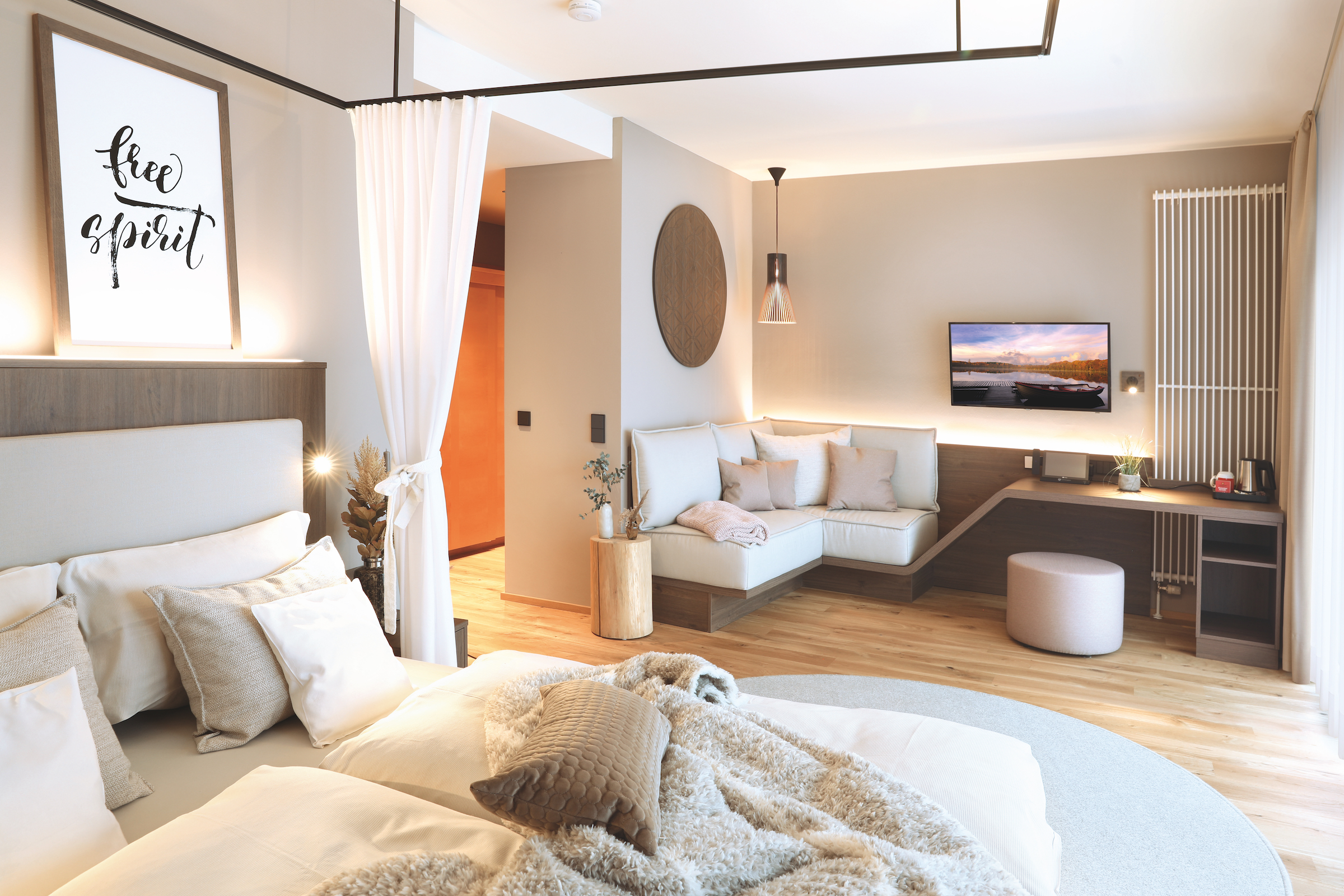
Certifications and Standards
Properties that pursue sustainability certifications such as LEED or BREEAM to showcase the hotel’s commitment to sustainable practices.
Six Senses Vana, Dehradun, India
Nestled beneath the Himalayan mountains, Six Senses Vana seamlessly marries Six Senses’ wellness technology with Vana’s expertise in Ayurveda, Chinese medicine, and Sowa Rigpa. Mindful of nature, the property adopted a Green Building Concept, earning LEED Platinum status in 2015. Wooden furnishings and soft hues reflect a connection to nature, accentuated by art crafted from 100% recycled materials, while LED lighting, triggered by motion sensors, ensures energy efficiency. Rainwater is harvested for irrigation, a bottling plant curbs plastic waste, and local sourcing enriches the community. Composting, homegrown produce, and natural fibers underscore sustainability. www.sixsenses.com/en/resorts/vana
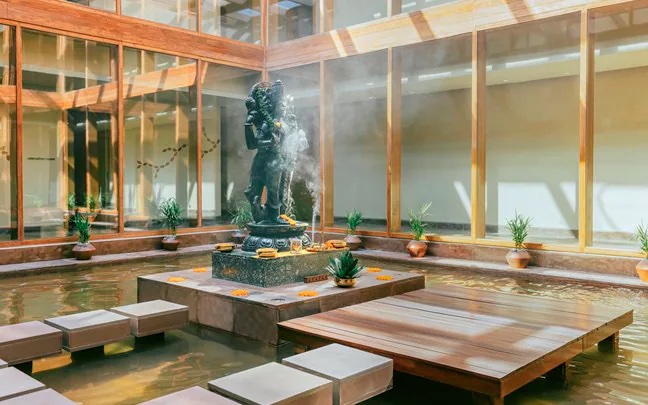
Energy Efficiency
Utilizing renewable energy sources, smart building systems, solar panels, or geothermal systems to minimize energy consumption and carbon footprint.
Kimpton Seafire, Grand Cayman
Seafire, the sole LEED Silver-certified resort in the Cayman Islands, champions sustainability with solar panels, geothermal systems, and rainwater collection. This design-driven resort merges British colonial charm, vivid hues, and eco-conscious elements in 264 guestrooms. An intimate spa, featuring a hammam and native plants, mirrors the island’s allure. Community engagement thrives through programs like Seafire Guardians, collaborating with a local dive company to restore Caribbean coral. Glass and plastic waste are repurposed for the Community Bike & Walking Trail. www.seafireresortandspa.com
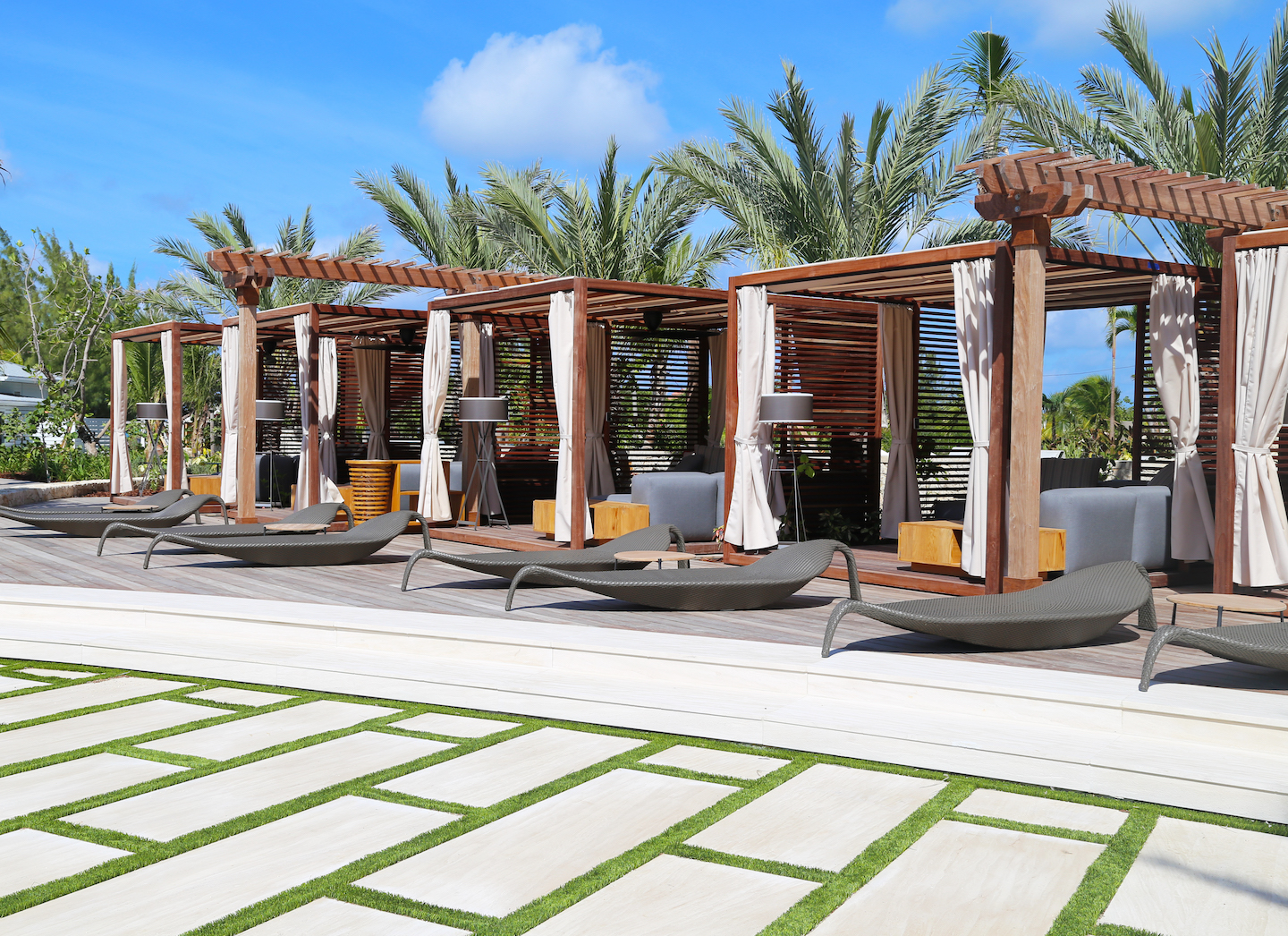
Waste Reduction and Management
Implementing strategies to reduce waste, as well as promoting recycling and composting programs.
St. Regis Maldives Vommuli Resort, Vommuli Island
St. Regis Maldives Vommuli Resort prioritizes sustainability, featuring a designated recycling plant on the island that segregates cardboard, plastic, and glass. All the bottles, cardboard, Rajiv foam boxes, metals, copper, etc. are crushed separately with a crusher machine and sent to Thilafushi for reuse. Coconut leaves and wood are shipped for future fertilization. The resort operates its diesel generation plant closely monitoring diesel and fuel consumption. The plant compresses air, igniting diesel to produce high-temperature, high-pressure working fluid for renewable energy conversion. www.marriott.com/en-us/hotels/mlexr-the-st-regis-maldives-vommuli-resort/overview
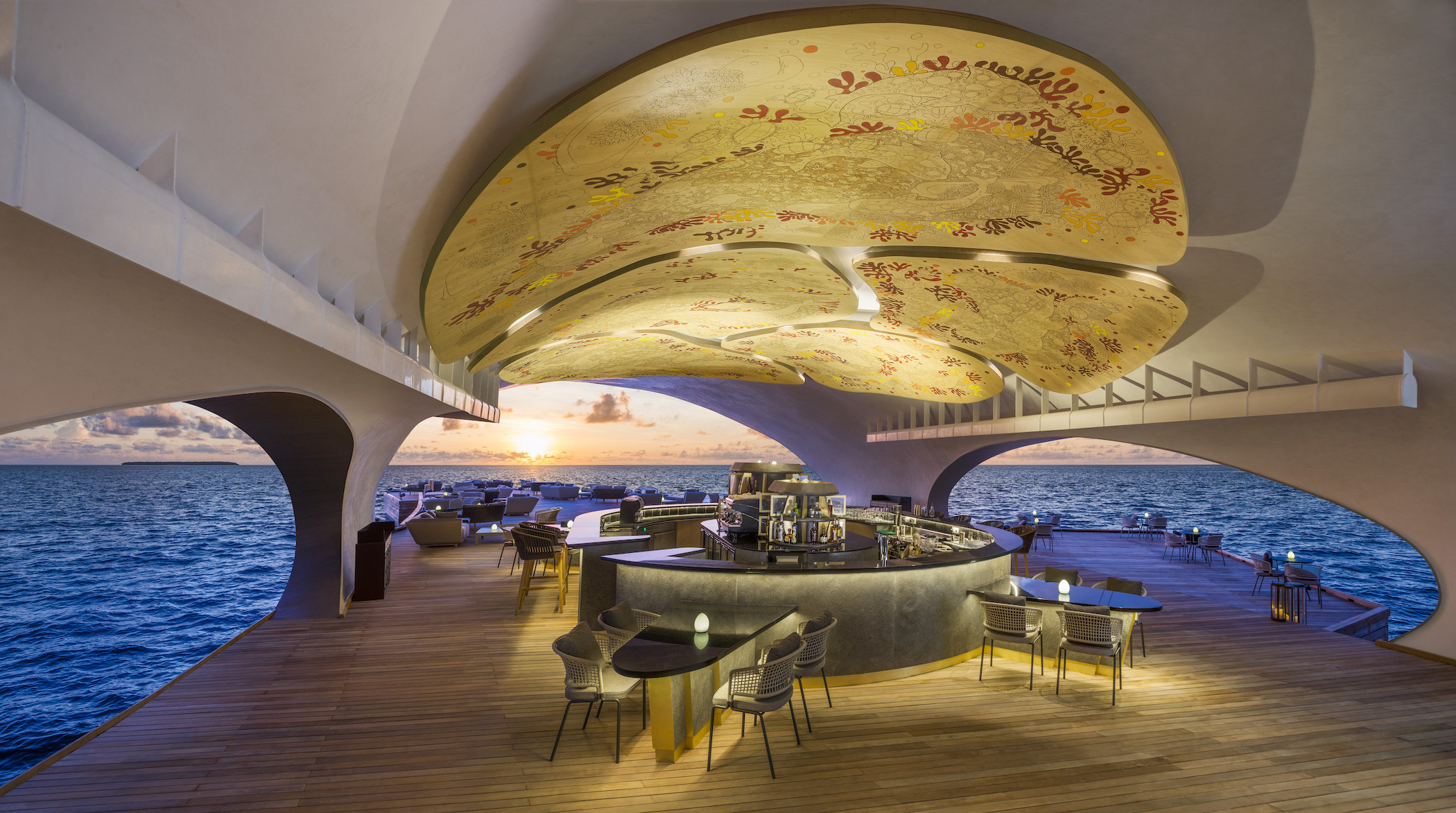
Read more Travel articles from Green Living Magazine.






